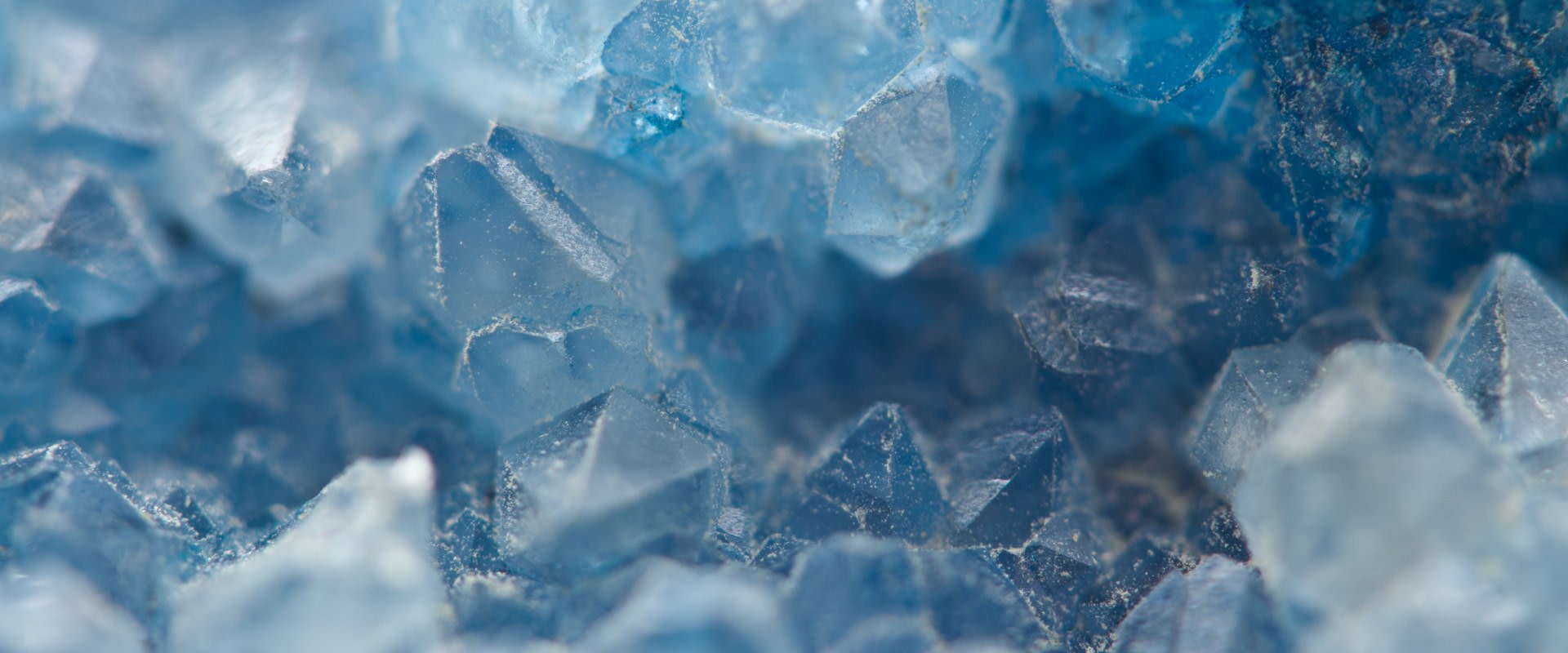Growing crystals can be a fun and educational experience for both young and old. The trick to speeding up crystal formation is to oversaturate a water solution with a salt that forms crystals. Cooling the solution helps the salt molecules to settle and fuse into small crystals that quickly turn into larger crystals. Boiling water and placing the jar or glass in a warm place will accelerate the formation of crystals.
To get started, remove the smaller, larger, better-looking crystals from the saucer to use them as a crystal seed. Crystallization often begins immediately after scratching, and you may see lines showing crystal growth in areas of the glass that were scratched (Figure 3, 4). Temperature and humidity are two factors that affect evaporation rate, so you could design an experiment to see how different temperatures and humidity levels affect the rate of crystal growth and the size of crystals. Most crystals are the same shape and size and look a lot like each other, but you've probably seen some crystals on the paper that look a little different.
Be sure to leave some crystals intact in your container, as they are the building blocks of more crystals. These crystals are likely to have broken parts, or there may even be more than one glass glued together, making them look different from the others. Sometimes it may be necessary to start crystallization, for example, if the solution becomes slightly turbid as it cools, or if the solution does not produce crystals even when it is noticeably cooler than originally. There are many factors that affect crystal growth, so crystal projects are great for scientific experimentation and science fairs. The methods described in this section should preferably be used in solutions that are still hot, since starting crystallization in already cold (or cold) solutions will cause crystallization that is too rapid.
